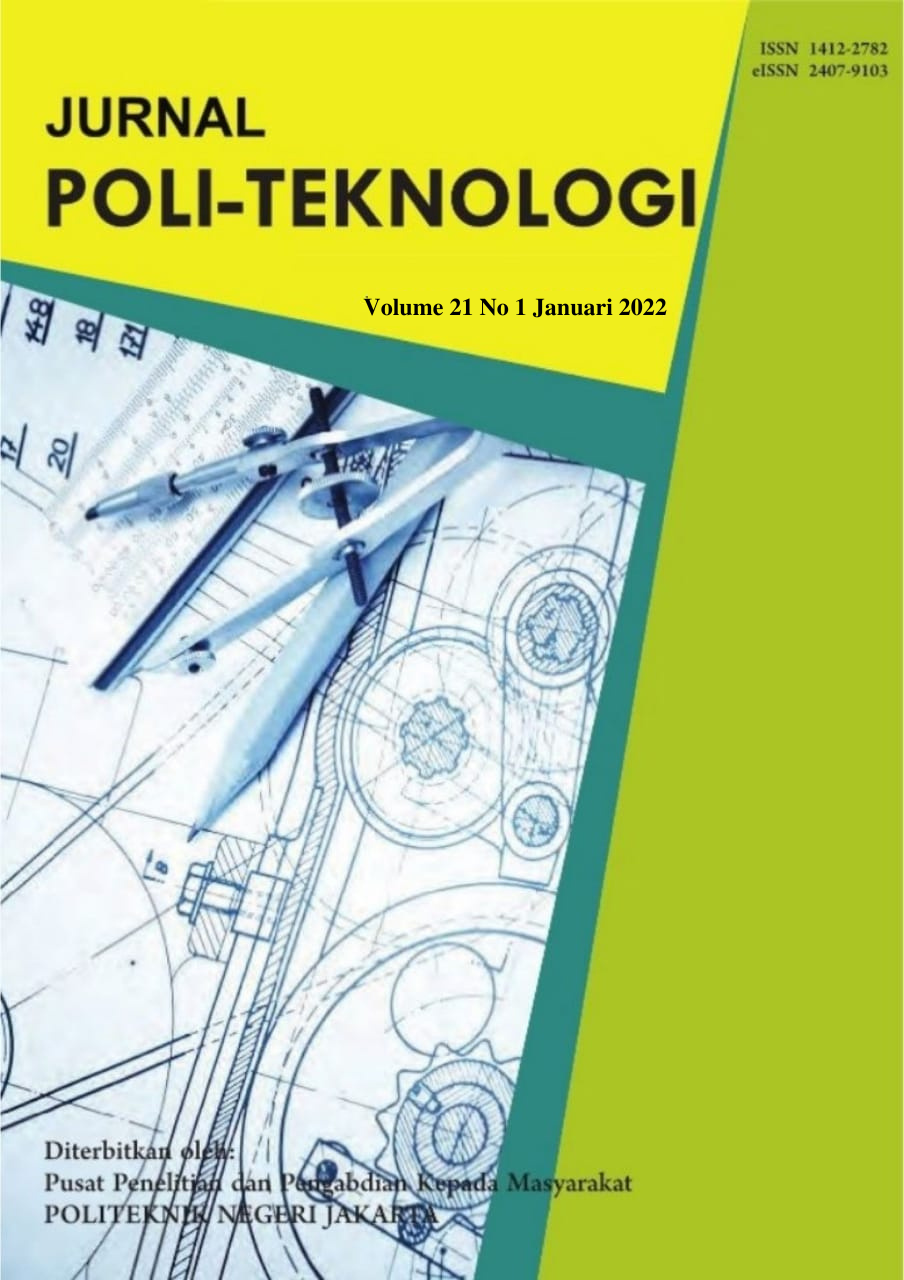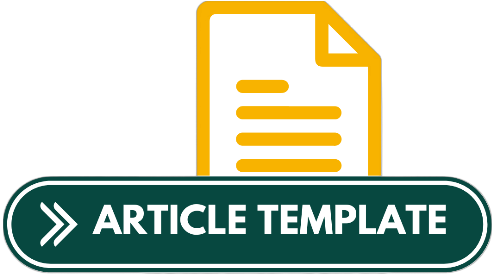PERBANDINGAN BOQ TULANGAN ANTARA METODE KONVENSIONAL DENGAN BIM APARTEMEN “X”
DOI:
https://doi.org/10.32722/pt.v21i1.4140Abstract
When modeling buildings and calculating quantity, changes in the drawings often result in changes to the calculation quantity. Calculations Quantity using conventional methods still uses the area or volume formula to get the volume of work. The volume of work calculated using conventional methods is sometimes inaccurate because it often uses assumptions in its calculations. In this case, it is necessary to develop information technology that integrates modeling and calculations quantity. Building Information Modeling (BIM) is a technology that can model buildings and provide information such as the quantity of the building modeling results. The BIM method is entirely accurate in planning calculations and is expected to solve the problems that exist in conventional methods. This study aims to compare the Bill of Quantity of reinforcement using the conventional method and the BIM method where the author uses an analytical method with the help of Tekla Structures Software. Based on the research conducted, the percentage difference in Bill of Quantity using the BIM method has an average volume of 1.95% greater than the conventional method. This difference is due to an error when inputting data (human error) and is less accurate, such as not calculating the radius or bending of the reinforcement.
Downloads
References
A. A. Anindya and O. Gondokusumo, “Kajian Penggunaan Cubicost Untuk Pekerjaan Quantity Take Off Pada Proses Tender,” J. Muara Sains, Teknol. Kedokt. dan Ilmu Kesehat., vol. 4, no. 1, p. 83, 2020, DOI: 10.24912/jmstkik.v4i1.6718.
Wikipedia, “Autodesk Revit.” DOI: https://en.wikipedia.org/wiki/Autodesk_Revit (accessed Jul. 16, 2021).
R. Danil, “Peningkatan Kinerja Waktu dan Biaya Dengan Integrasi Metode Penjadwalan Dan Building Information Modeling (BIM) Pada Pekerjaan Struktur Pracetak Bangunan Gedung,” J. Menara, vol. 18, no. 2, pp. 68–90, 2019.
S. Azhar, “Building information modeling (BIM): Trends, benefits, risks, and challenges for the AEC industry,” Leadersh. Manag. Eng., vol. 11, no. 3, pp. 241–252, 2011, DOI: 10.1061/(ASCE)LM.1943-5630.0000127.
K. Zima, “Impact of information included in the BIM on preparation of Bill of Quantities,” Procedia Eng., vol. 208, pp. 203–210, 2017, DOI: 10.1016/j.proeng.2017.11.039.
C. A. B. P, R. P. Adhi, A. Hidayat, and H. Nugroho, “Perbandingan Efisiensi Waktu, Biaya, Dan Sumber Daya Manusia Antara Metode Building Information Modelling (BIM) Dan Konvensional (Studi Kasus : Perencanaan Gedung 20 Lantai),” vol. 5, pp. 220–229, 2016.
Peraturan Menteri, Peraturan Menteri Nomor 22/PRT/M/2018 tentang Pembangunan Bangunan Gedung Negara. 2018.
Undang-Undang Republik Indonesia, Undang-Undang No.2 Tahun 2017 tentang Jasa Konstruksi. 2017.
Kementerian PUPR, “Implementasi BIM (Building Information Modelling)", DOI: http://bim.pu.go.id/assets/files/roadmap_konstruksi_digital_indonesia_140917.pdf (accessed Nov. 19, 2020).
D. Olsen and J. M. Taylor, “Quantity Take-Off Using Building Information Modeling (BIM), and Its Limiting Factors", Procedia Eng., vol. 196, no. June, pp. 1098–1105, 2017, DOI: 10.1016/j.proeng.2017.08.067.
A. B. Assaydah, J. Azizah, and M. M. Ahmad, “Pelaksanaan Pekerjaan Struktur Lantai 12 Proyek Apartemen The Padmayana Senayan,” pp. 150– 157, 2020.
M. Danielle, S. Candra, B. Proboyo, and I. Santoso, “Cara Pendekatan Perhitungan Kuantitas Pembesian Pada Balok Struktur Beton Bertulang,” J. Dimens. Pratama Tek. Sipil, vol. 6, no. 2, pp. 159–162, 2017, [Online]. DOI: http://publication.petra.ac.id/index.ph
p/teknik-sipil/article/view/6225.
K. Sulankivi and M. Kiviniemi, “4D- BIM for Construction Safety Planning 4D-BIM for Construction Safety Planning,” VTT Tech. Res. Cent. Finl., no. January 2010, 2014, [Online]. DOI: https://www.researchgate.net/publica tion/228640694_4DBIM_for_Construction_Safety_Planning.
E. Yanuarini, “Aplikasi Program Bantu Tekla Stuctures 15 Untuk Perancangan Gedung Graha Nusantara Menggunakan Sistem Pracetak,” Institut Teknologi Sepuluh November, 2011.
S. Firoz and S. K. Rao, “Modelling Concept of Sustainable Steel Building by Tekla Software,” Int. J. Eng. Res. Dev., vol. 1, no. 5, pp. 18–24, 2012, [Online]. DOI: www.ijerd.com.
M. Akbar, I. Sucita, and E. Yanuarini, “The Comparison Between The Boq Of Conventional And Bim Method On Bpjs Building In Central Jakarta,” vol. 21, pp. 1–9, 2021.
Downloads
Published
How to Cite
Issue
Section
License
Copyright (c) 2022 Tasya Putri Artanti, I Ketut Sucita, Erlina Yanuarini

This work is licensed under a Creative Commons Attribution-ShareAlike 4.0 International License.







